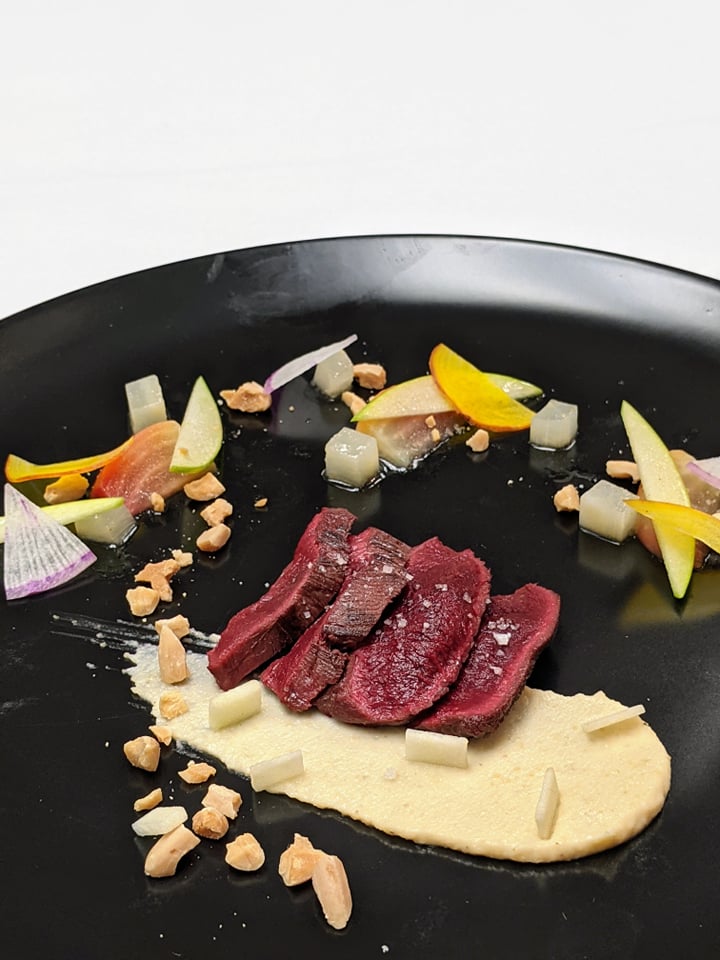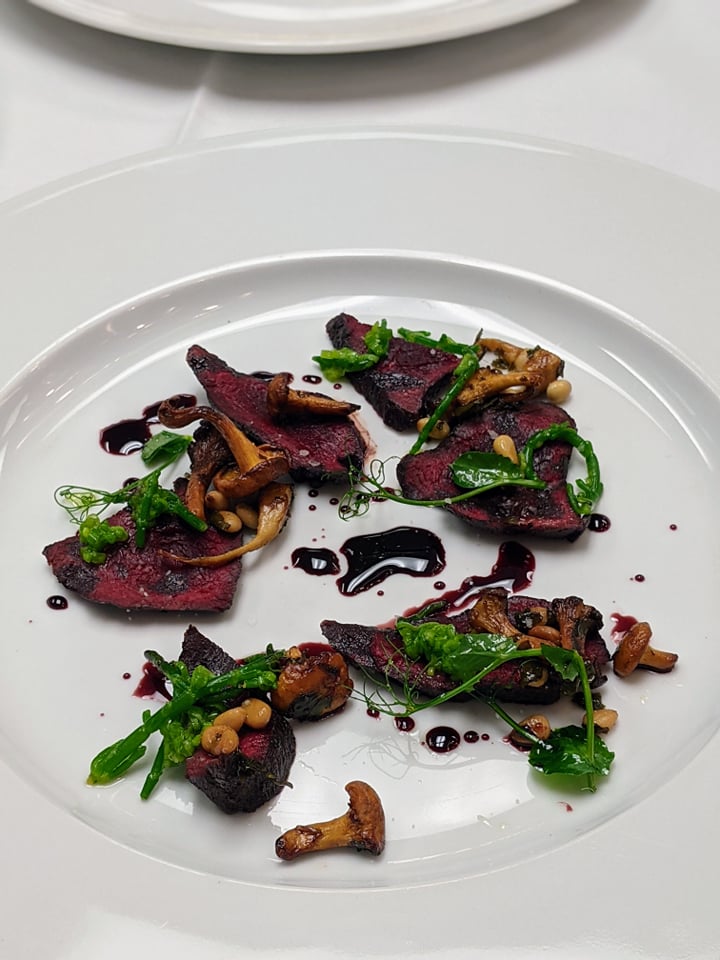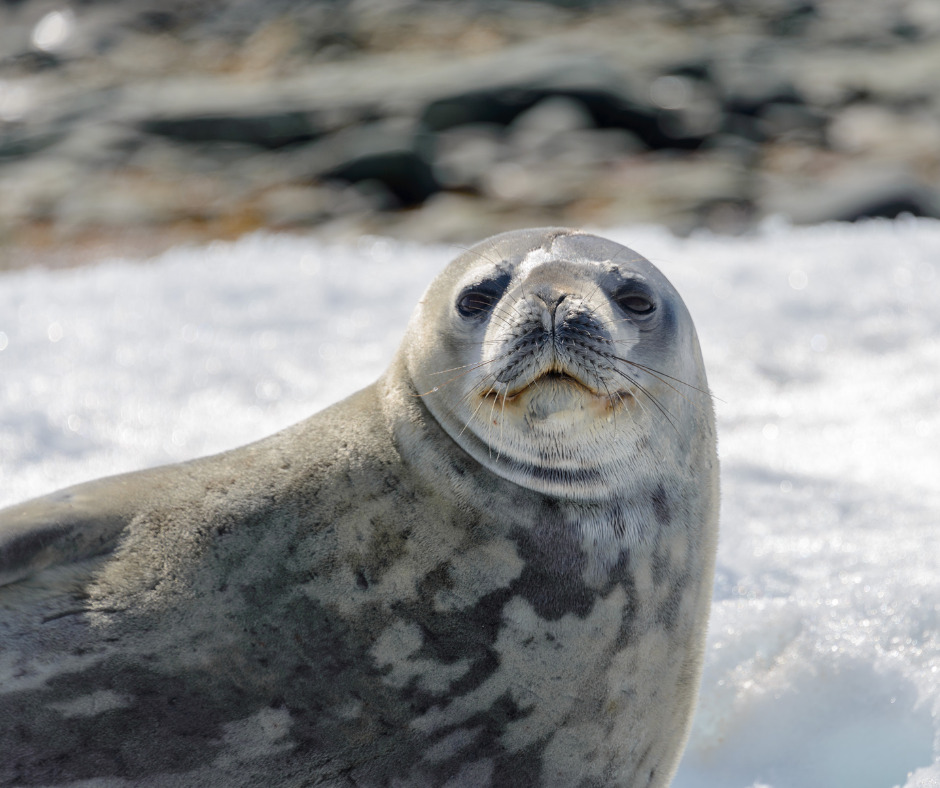“How can we make informed choices when eating grey seal products?
Dark meat with a salty and unique taste, grey seal is appreciated by wild meat aficionados. Grey seal meat and liver are commonly prepared as tataki, filets, sausages, or pate, and are increasingly being consumed by hunting families in coastal communities as well as sold in Quebec’s gourmet restaurants.
Facts about grey seal meat:
- Seal hunts do not threaten the status of this population, which has been designated “not at risk”. There are an estimated 340,000 grey seals that live in Eastern Canada, including the Gulf of St. Lawrence.
- Results of some studies show that grey seal meat and liver can be good sources of nutrients, particularly iron and copper.
- For seals, most trace elements are absorbed from food and so these results probably reflect the change in diet after weaning. While these chemical concentrations do not pose significant risks to the general population, greater vigilance is advised for pregnant women and young children.
- The parasite Trichinella (which causes trichinellosis) was not detected in any of the sampled seals.
- Canadian standards for the handling and slaughter of food animals guarantee healthy products from the commercial seal hunt, especially when combined with proper cooking practices.
Contact with nature is also good for your health! Try to taste the seal meat or other products from St. Lawrence.”
Original article:
What you should know about eating grey seal meat and products from the Gulf of St. Lawrence



